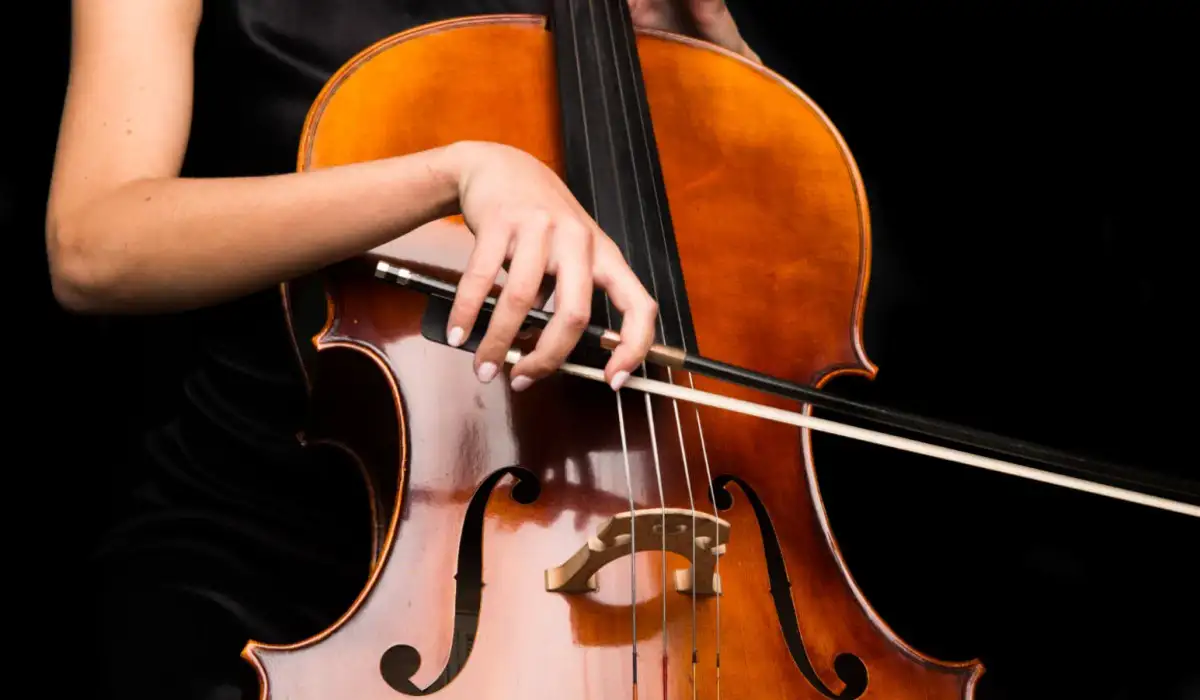International Cello Day is a day that is observed worldwide every year to appreciate the extensive history, importance, and enchanting magnificence of the cello. This distinct day is dedicated to lauding the profound depth and adaptability of this instrument, as well as to acknowledging the expertise and proficiency of those who play the cello.
From playing integral roles in orchestras to taking center stage in solo acts, this day welcomes and appreciates all that the cello contributes to musical expression.
History of International Cello Day
The cello is an instrument that originates from the early 16th century and it is a member of the violin family. Its Italian name, “violoncello,” is an indicator of its origins—in Italian, it means “a small violone.” A violone is a large stringed instrument of the Viol family.
Although the exact inventor of the cello is unknown, Andrea Amati, an Italian luthier/lute maker of Cremona, Italy, is often credited with making the first cello around mid-16th century. These instruments were larger than the modern cellos we see today. Domenico Montagnana and Antonio Stradivari later scaled down the size of the cello in the late 17th century and early 18th century.
During the Renaissance period, cellos were typically used in church and court music. It was in the Baroque period when the cello began to reach its full potential as a solo instrument, with famous composers like Bach and Vivaldi composing suites and concertos for it.
Throughout the 18th and 19th centuries, its popularity grew and it became an important part of symphony orchestras. The design and structure of the instrument were refined over time to what we recognize today. Advances in string technology in the 20th century also made the cello more powerful and flexible in terms of different tones and sounds.
Today, the cello remains a beloved instrument. It is used in a variety of music genres, from classical to rock, showcasing its versatility and distinct sound.
International Cello Day Timeline
The beginnings of the Cello
The cello originated in the 16th century in Italy. It was a development of the bass violin.
Cellos in Orchestras
The cello was integrated into orchestras in the 17th century and was used as a solo instrument as well as an ensemble instrument.
Golden Age of Cellos
The 18th century was considered the 'Golden Age' for cellos, as the design of the instrument was perfected.
Introduction of Electric Cellos
In the late 20th century, electric cellos were introduced, providing cellists with more versatility and capability to experiment with sound.
Continued Evolution
The modern cello continues to evolve with technology. Cellists and composers are consistently finding new ways to push the boundaries of the instrument.
Ideas to Celebrate International Cello Day
Cello Concert in the Park
Organize an outdoor concert in a local park featuring talented local cellists. Encourage everyone to bring their picnic blankets and enjoy an afternoon of beautiful cello music.
Learn to Play the Cello
Enroll in a beginner's cello class or workshop. This can be an exciting way to appreciate the craft of the instrument and also get hands-on experience.
Cello Listening Party
Invite friends and family for a special listening party featuring famous cello pieces. Serve finger food and drinks, and turn it into a fun, educational event.
Support Local Cellists
Find local cellists or a cello-themed musical event and show your support. This could include purchasing their music, donating to their cause, or even just showing up to their concerts.
Cello Music Day at School
If you're a teacher, dedicate the day to teaching your students about the cello. You can invite a local musician to perform, show videos, and have various activities centered around the cello.
8 Interesting Facts About the Cello
Full Name of the Cello
The full name of the cello is 'violoncello', which literally means 'little big viola' in Italian.
Size of the Cello
A full-size cello measures around 4 feet long, making it significantly larger than other members of the string family except the double bass.
Cello in Orchestra
In the orchestra, the cello usually has the role of carrying the bassline, but it is also capable of playing melodies.
Cello Materials
Cellos are typically made from different types of wood like spruce for the top and maple for the back, neck, and sides.
Cello Variations
There are a few smaller variations of the cello such as the alto and the 'baby' cello.
Cello Strings
Early cellos had gut strings. Today, cello strings are usually made of steel or synthetic materials, with or without the winding of other metals.
Electric Cellos
In addition to traditional acoustic cellos, there are also electric cellos which are commonly used in modern rock and pop music.
Famous Cello Composers
Some of the most famous composers who wrote for the cello include Bach, Dvorak, Elgar, and Beethoven.
International Cello Day FAQs
Next International Cello Day Dates
| Year | Date | Day |
|---|---|---|
| 2023 | December 29th | Friday |
| 2024 | December 29th | Sunday |
| 2025 | December 29th | Monday |
| 2026 | December 29th | Tuesday |
| 2027 | December 29th | Wednesday |
| What is the pattern? | Every December 29th | |
International Cello Day Word Search
- Cello
- Music
- Strings
- Orchestra
- Cellist
- Harmony
